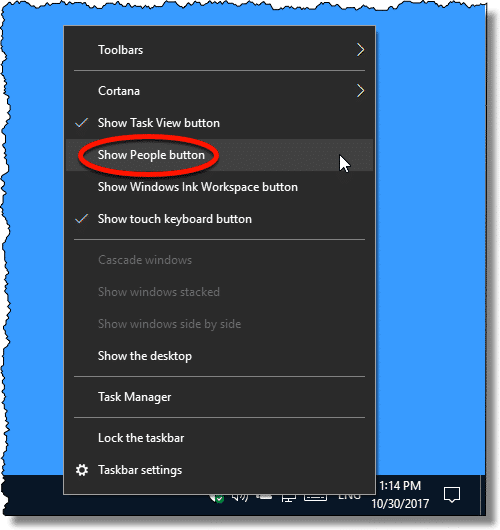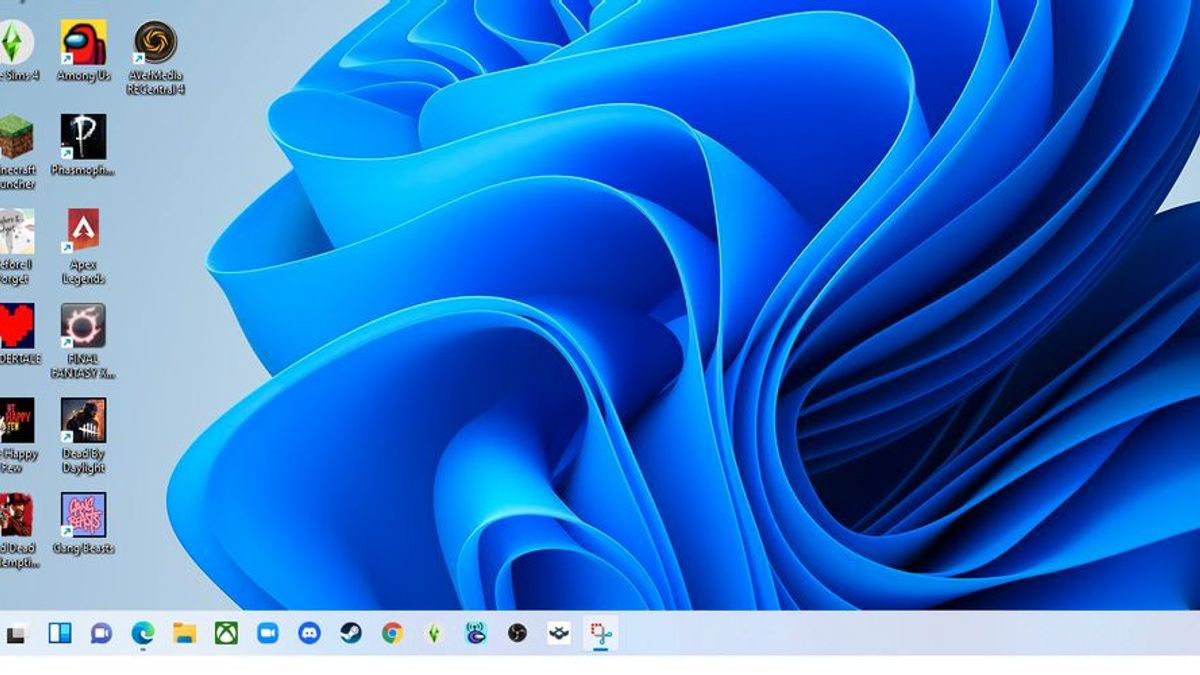
If you have the eyesight of a hawk, your opinion might differ. In our experience, buttons of this size are too small for practical use.

Use Small Taskbar Buttons Select this option if you want to reduce the height of taskbar buttons, making them similar in size to buttons in earlier Windows versions. On a touchscreen, swipe from that edge toward the center of the screen. To display the hidden taskbar, move the mouse pointer to the edge of the desktop where the taskbar normally resides.

With either option set, the taskbar retreats into the edge of the desktop whenever a window has the focus. The Settings page provides separate Hide options for Desktop and Tablet modes. If that’s inconvenient for any reason, you can tell it to get out of the way. (If your Windows configuration includes multiple monitors, this command changes to Lock All Taskbars.)Īutomatically Hide The Taskbar By default, the taskbar remains visible at all times. Also note that locking the taskbar does not prevent you from rearranging taskbar icons. It’s there so that you can easily switch in and out of the locked mode when you need to adjust the size or position of the taskbar. Note that the shortcut menu that appears when you right-click the taskbar also includes this command. Lock The Taskbar On by default, this option prevents you from accidentally dragging the taskbar to the side or top of the desktop.

The following is a rundown of the options shown in Figure 3-5: Figure 3-5 shows the first group of options on that Settings page.įigure 3-5 For most people, the options set here will be acceptable, especially Lock The Taskbar, which prevents you from accidentally dragging the taskbar to the side of the monitor. The Windows 10 taskbar offers a limited selection of customization options, most of which are available through Settings > Personalization > Taskbar (or right-clicking an empty space on the taskbar or the Task View button and clicking Taskbar Settings). A faint line appears underneath the icon for a running program, and the program with the current focus has a subtle but noticeable transparent shadow to identify it. When you close that program, the button vanishes as well, unless you pinned it to the taskbar. The Windows 10 taskbar continues to serve the same functions as its predecessors-launching programs, switching between programs, and providing notifications-with only subtle changes in functionality.Įvery running program with a user interface has a corresponding taskbar button. In the years since, it has slowly evolved without changing its basic shape.

The taskbar made its first appearance in Windows 95. The taskbar is that strip of real estate along one screen edge (the bottom by default) whose initial arrangement contains, from left to right, the Start button, the search box, Talk To Cortana, the Task View button, program buttons, notification icons, a clock, and the Action Center button.


 0 kommentar(er)
0 kommentar(er)
